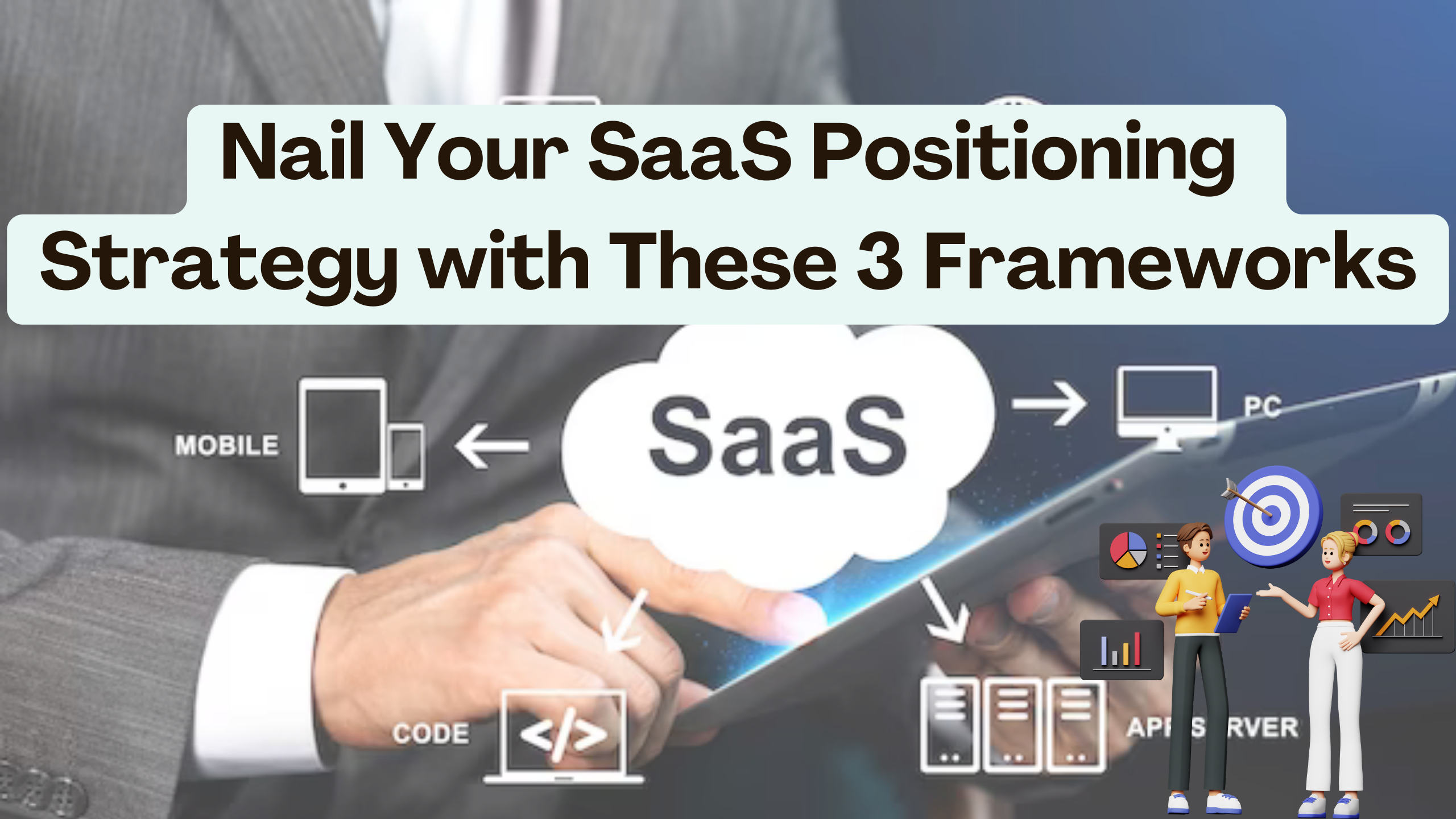Nail Your SaaS Positioning Strategy with These 3 Frameworks
- Expense Management Software Credit Cards Investing Business Solutions


Nail Your SaaS Positioning Strategy with These 3 Frameworks
In the ever-evolving landscape of Software as a Service (SaaS), effective positioning is crucial for capturing market share and ensuring sustained growth. Crafting a compelling SaaS positioning strategy requires a deep understanding of your target audience, competitive landscape, and unique value proposition. In this article, we’ll explore three powerful frameworks to help you refine your SaaS positioning, ensuring your product stands out in a crowded market.
Framework 1: The Value Matrix
Understanding the Value Matrix
The Value Matrix is a strategic framework that evaluates products based on two key dimensions: differentiation and cost. By plotting your SaaS product on this matrix, you can identify where it stands in comparison to competitors and assess its perceived value.
How to Apply the Value Matrix:
- Define Differentiation Factors: Identify unique features or qualities that set your SaaS product apart.
- Determine Cost Structure: Evaluate your pricing model and how it aligns with the perceived value of your product.
- Plot on the Matrix: Position your product on the matrix, considering both differentiation and cost.
Framework 2: Jobs-to-be-Done (JTBD)
Unpacking Jobs-to-be-Done
The Jobs-to-be-Done framework focuses on the functional and emotional jobs that customers “hire” a product to do. By understanding the specific tasks and goals customers aim to achieve, you can tailor your positioning to address these needs directly.
How to Apply JTBD:
- Identify Customer Goals: Determine the primary goals and tasks your customers aim to accomplish with your SaaS product.
- Craft Messaging: Develop positioning messages that emphasize how your product fulfills these crucial customer jobs.
- Align Features and Benefits: Ensure that your product’s features directly contribute to accomplishing the identified jobs.
Framework 3: Perceptual Mapping
Navigating Perceptual Mapping
Perceptual Mapping visually represents how customers perceive different brands in the market. By mapping your SaaS product against competitors based on key attributes, you gain insights into your product’s relative positioning.
How to Apply Perceptual Mapping:
- Choose Key Attributes: Select crucial attributes that define your SaaS product and matter to customers.
- Collect Customer Perceptions: Gather data on how customers perceive your product and competitors in relation to the chosen attributes.
- Create a Visual Map: Plot the data on a perceptual map to visualize your product’s position relative to competitors.
Conclusion
Effective SaaS positioning is a dynamic process that requires continuous refinement. By employing these three frameworks – the Value Matrix, Jobs-to-be-Done, and Perceptual Mapping – you can strategically position your product in the market, resonate with your target audience, and gain a competitive edge.
Elevate Your SaaS Positioning with Subscribed.FYI
As you embark on the journey to refine your SaaS positioning, Subscribed.FYI serves as an invaluable resource. Our platform offers a centralized space for understanding, comparing, and managing your SaaS stack, providing insights that can inform your positioning strategy.
Subscribed.FYI empowers you to compare various SaaS tools side by side, offering insights into features, pricing, and user reviews. Make informed decisions to optimize your SaaS positioning strategy and overall business success.
Elevate your SaaS positioning strategy with Subscribed.FYI. Sign up today and unlock the full potential of your product in the competitive SaaS landscape.
Relevant Links
Explore more about the discussed SaaS tools and enhance your positioning strategy:











